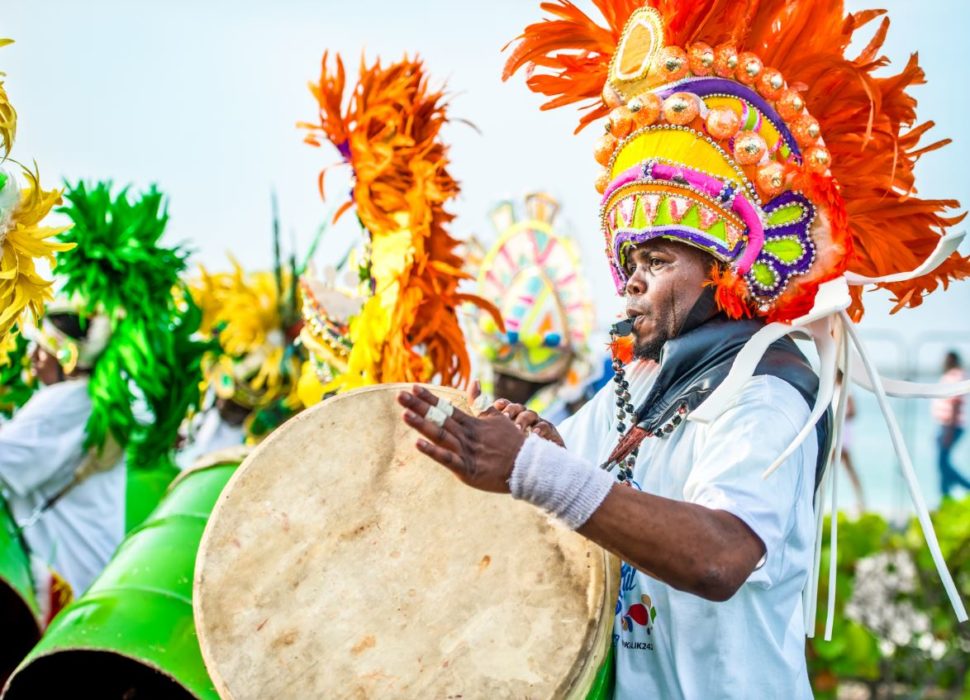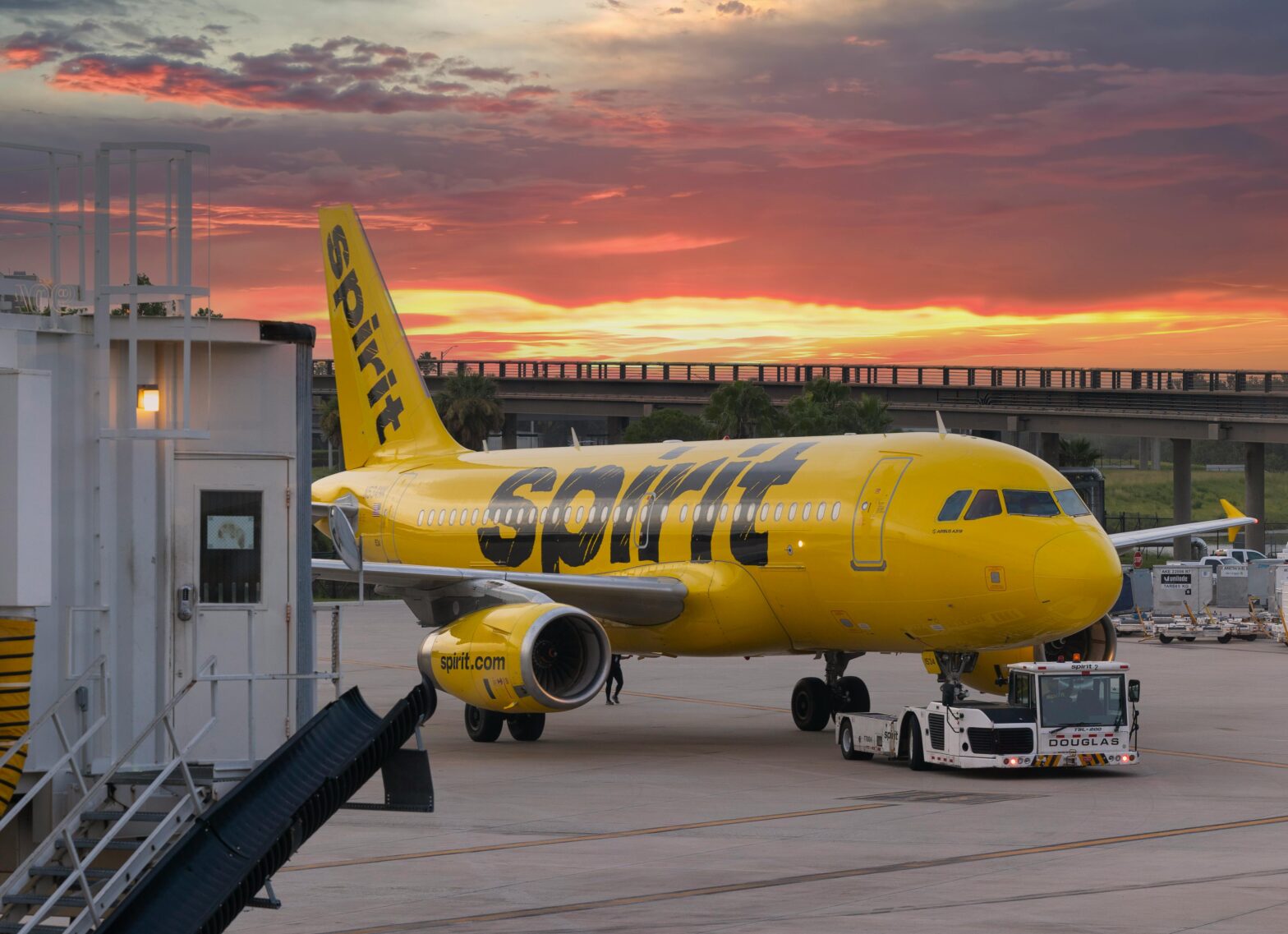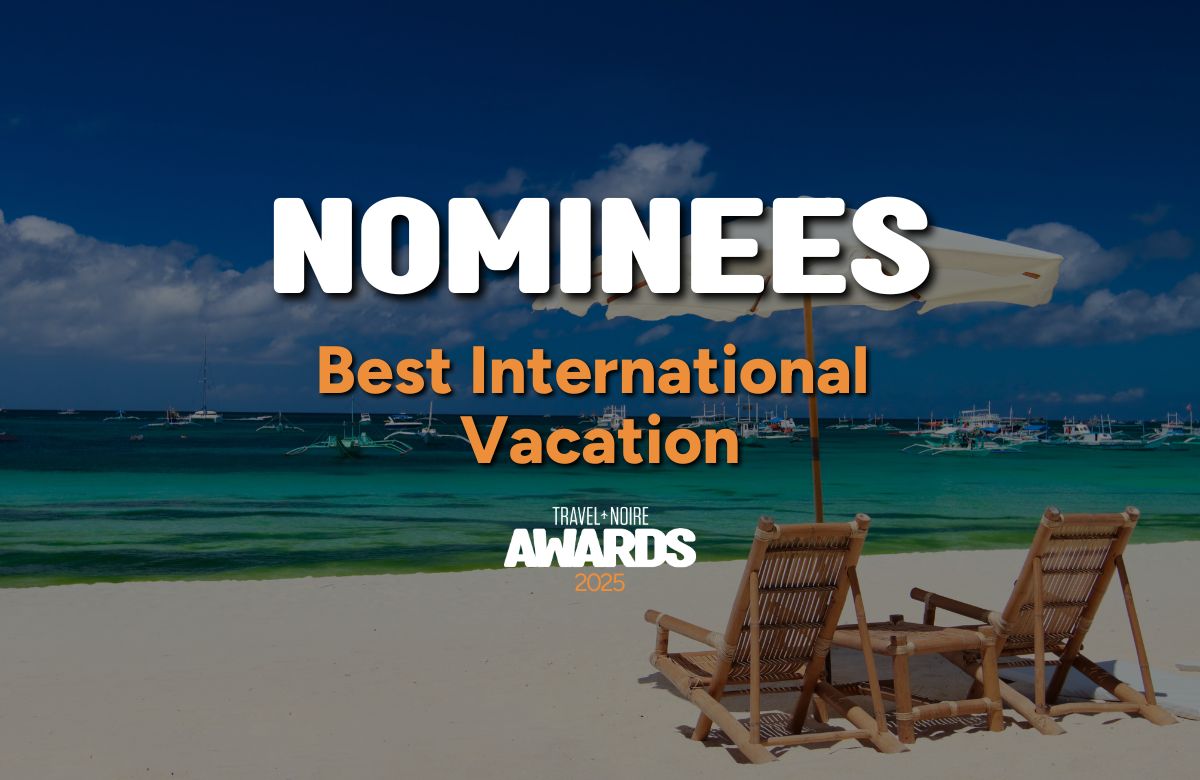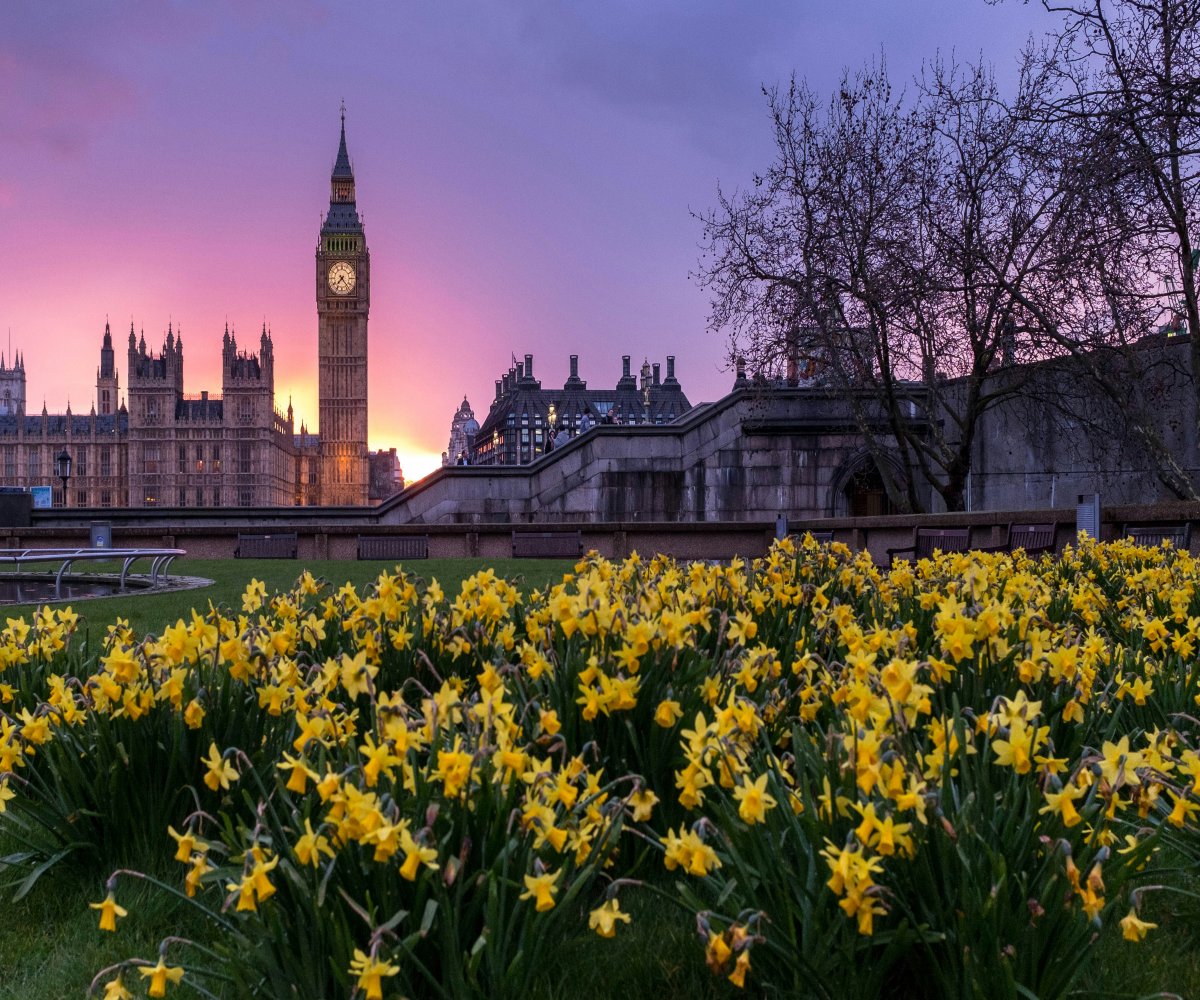If there’s one thing to know about Nassau- she doesn’t rest the day after Christmas! When the clock strikes midnight on December 26, locals and tourists turn out for Junkanoo, the biggest parade in The Bahamas.
The chief Junkanoo party takes place in Nassau with smaller festivities across The Bahamas. Additional Junkanoo events take place on Independence Day, New Year’s Day and on select days in the summer. Clearly, Bahamians love to party and don’t need a reason to do it.
Like Caribana in Toronto and Lucian Carnival in St. Lucia, Junkanoo is a living work of art. Even the air surges to life with the sounds of cowbells, drums, trumpets, and joyful shouting. Bay Street is the heart of the party; sparkling with music, dancing and costumes lovingly crafted by hand. You won’t find feathered headdresses and sequined tops of this caliber at some random shop!
What are the origins of this important cultural event? The name is a play on John Canoe; the anglicized name of a West African warrior who outfoxed the English and was venerated by slaves. Junkanoo continued well after slavery and became commercialized in the 1920s. At that time, the sponging industry was booming and revelers wore sea sponges. The costumes became more extravagant as years passed.

Junkanoo wouldn’t be possible without the dedicated people working day and night behind the scenes. Bahamians set aside months for tailoring costumes and planning entertainment. National pride is one big reason; Junkanoo brings Bahamians of all ages and colors together. It represents the “feel good” spirit that pervades the archipelago and all of the Caribbean.
Bahamians are excited to share Junkanoo with visitors. One such person is Arlene Nash-Ferguson, who transformed her childhood home into the Educulture Junkanoo Museum. At the age of four, she participated in her first Junkanoo parade, and has been on the National Junkanoo Committee for 24 years. Educating people about this fabulous festival is her life’s work.
“Junkanoo speaks to the strength and determination of the people of The Bahamas,” Arlene told Travel Noire. “An enslaved people determined that their spirit could never be broken, and under cover of night, stole away to reclaim their heritage, and renew their spirit. The defiant spirit of resistance was evident. Over hundreds of years, through many changes, the essence of the festival remains the same. That’s very special to me. We make our own music- drums, cowbells, etc. Our costumes are made from cardboard covered with crepe paper and we come together in neighborhood ‘shacks’ to make them.”
The museum is on West Street in downtown Nassau and is open Monday through Friday. It’s a great way to learn about Bahamian culture from those who know it best.
Junkanoo is sure to seduce with pageantry, music and welcoming vibes. It’s an experience that’ll stay with you for years to come.





